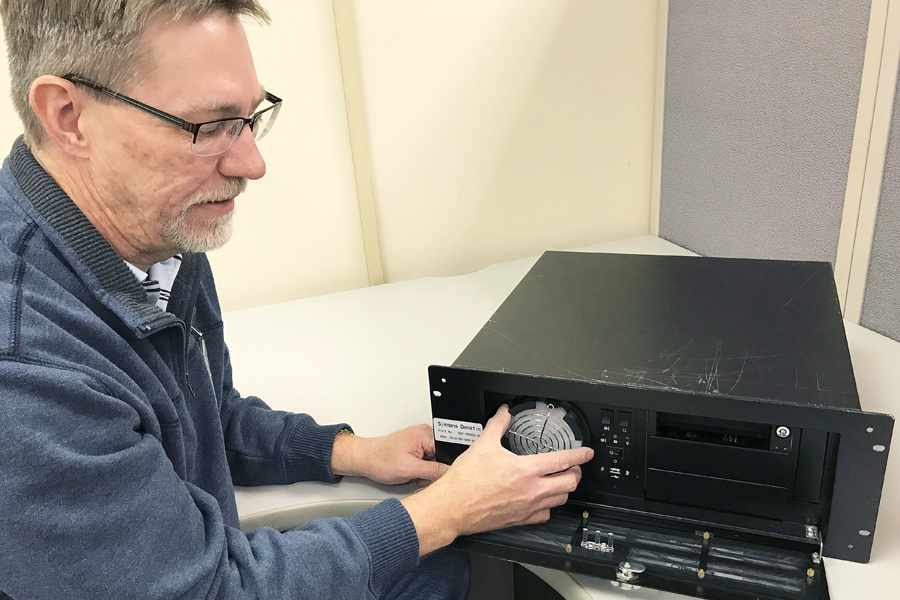The Postal Service has found an innovative method to obtain spare parts for mail processing equipment: 3-D printing.
This type of production, also known as “additive manufacturing,” allows users to create solid, three-dimensional objects from special printers.
“Parts for some of our equipment are becoming more difficult and costly to acquire using traditional manufacturing methods,” said Supply Management Vice President Susan M. Brownell. “With 3-D printing, we have found a cost-effective, efficient method to create replacement parts to keep these machines running smoothly.”
Supply Management launched a strategic initiative to use 3-D printing in the Postal Service’s spare parts supply chain, with support from Engineering, the Maintenance Technical Support Center and the Central Repair Facility.
The group’s recent search for a filter holder used on an Automated Flats Sorting Machine underscores how 3-D printing can save money and time.
The company that once supplied USPS with the plastic filter holders no longer produces them. The supplier was willing to manufacture new metal holders, but only if the Postal Service ordered 500 units, far more than the organization needed.
“We shipped a sample filter holder from our inventory to the 3-D printer, who had software to scan the dimensions and digitize the specifications for printing,” said Jeff Myers, an asset management planning manager in Topeka, KS.
The 3-D printed filters were thoroughly tested and found to be as good as the originals, and Supply Management purchased only the few that were needed.
“We think this technology can offer us even more benefits moving forward,” Brownell said. “Not only can we save money on the cost of the parts, we can also save on inventory and other logistical costs.”

